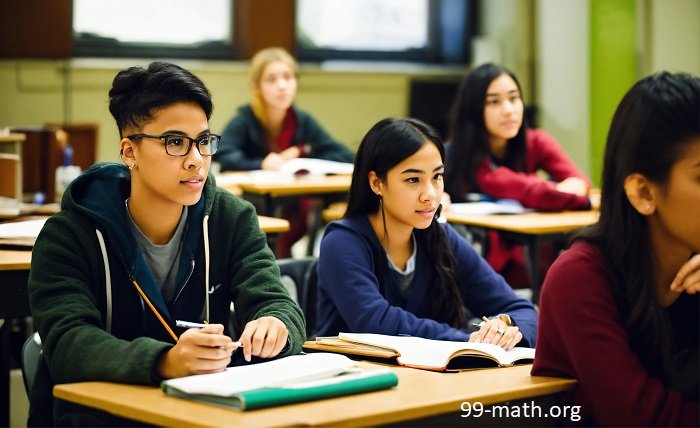Introduction
Secondary education equips students with the knowledge, abilities, and credentials required for maturity and the workforce, acting as a vital link between elementary and postsecondary education. This phase of education usually consists of middle school and high school, with differences in length, content, and structure across the globe. We will examine the many aspects of secondary education in this extensive guide, as well as its importance, difficulties, and emerging trends.
The Structure of Secondary Education
Lower secondary and upper secondary are the two primary stages into which secondary education is normally split. Lower secondary education, often known as middle school or junior high, typically serves grades 6 through 9. Grades 10 through 12 make up upper secondary education, also known as high school. However, the structure might differ greatly between nations. For example, secondary education may begin in grade 7 and last until grade 12 in some systems, with no clear distinction between lower and upper levels.
Curriculum and Subjects
Secondary education curricula aim to offer a well-rounded education by including elective classes that let students pursue their interests in addition to foundational disciplines like science, math, language arts, and social studies. Furthermore, secondary schools frequently include technical and vocational training programs that equip students for particular occupations or pursue additional study in specialized disciplines.
The Role of Secondary Education in Personal Development
Beyond academic learning, secondary education plays a crucial role in the personal development of students. It is during these years that young people develop critical thinking, problem-solving abilities, and social skills. Participation in extracurricular activities, such as sports, music, and clubs, helps students build teamwork, leadership, and time-management skills.
Preparing for Higher Education
Preparing pupils for higher education is one of secondary education’s main objectives. Along with helping with academic preparation, this preparation also includes advice on applying to colleges, choosing a major, and taking entrance examinations. Counseling services are frequently offered by high schools to assist students in navigating these procedures and make sure they make wise decisions regarding their future.
Addressing Challenges in Secondary Education
Disparities in educational quality, accessibility, and resources are only a few of the difficulties facing secondary education. Gender, locality, and socioeconomic status can all affect how a student experiences school. To ensure that every student receives an equal education, governments, educators, and communities must work together to address these issues.
Innovations in Secondary Education
Improvements in technology are changing secondary education. Education is becoming more accessible and interesting thanks to digital learning tools, online courses, and interactive platforms. In order to improve the learning experience, schools are embracing blended learning models more and more. These models combine traditional classroom education with digital resources.
The Importance of Teacher Training and Professional Development
The caliber of instruction has a major impact on secondary education’s effectiveness. It is crucial for educators to engage in ongoing professional development in order to stay current with emerging technology and approaches in education. Teacher outcomes can be greatly enhanced by training programs that emphasize student involvement, classroom management, and subject understanding.
The Impact of Secondary Education on Society
The impact of secondary education on society is significant. It supports democratic governance by educating educated citizens, fosters social cohesion by creating shared values and understanding, and advances economic development by providing a trained workforce. A populace with a high level of education is essential to the general development and stability of any country.
Global Perspectives on Secondary Education
Global variations in secondary education systems are a reflection of cultural, political, and economic divides. The International Baccalaureate (IB) program, for example, provides a globally recognized curriculum emphasizing multicultural awareness and critical thinking. Comparing various systems can reveal important information about best practices and potential areas for development.
Future Trends in Secondary Education
Future developments indicate that secondary education will likely see substantial adjustments. Education that is adapted to each student’s needs and learning preferences is known as personalized learning, and it is becoming more and more popular. Additionally, in order to prepare students for a world that is changing quickly, there is an increasing focus on teaching 21st-century skills like creativity, cooperation, and digital literacy.
Conclusion
Secondary education is a crucial phase in the educational process that shapes people’s and society’s futures. We may more fully appreciate its significance and strive to make it better for coming generations if we are aware of its inventions, difficulties, and structure.
FAQ
What is secondary education?
Secondary education refers to the stage of education following primary education, typically encompassing middle school and high school.
Why is secondary education important?
Secondary education is essential for societal advancement, student preparation for postsecondary education, and personal growth.

